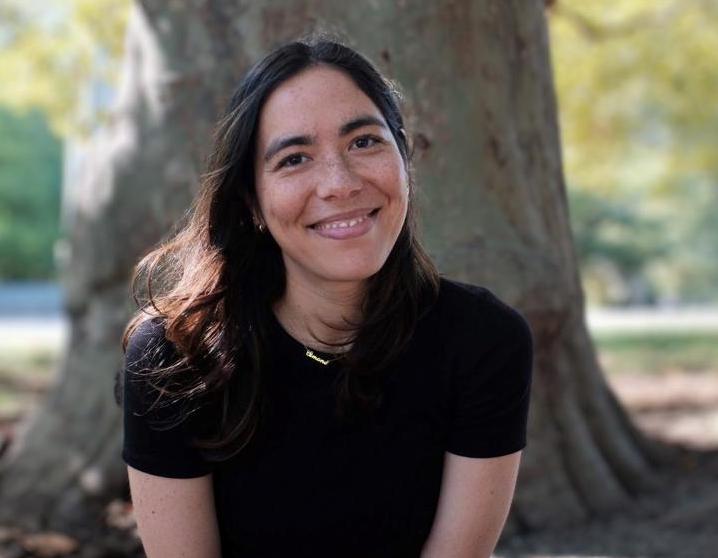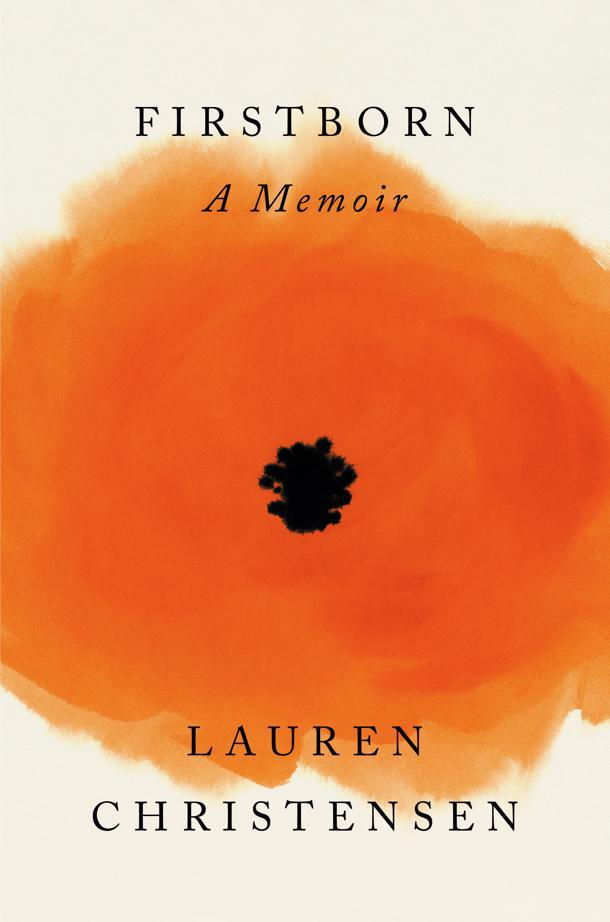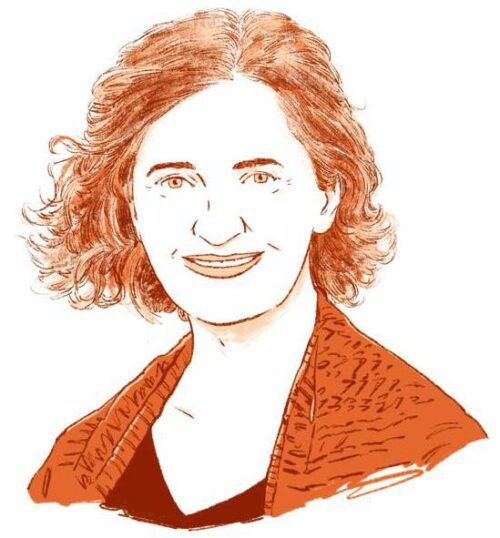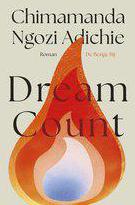
FIRSTBORN: A Memoir
By Lauren Christensen
Penguin Press, 208 pages, $28
Some books win our allegiance almost instantly. Such was the case with Lauren Christensen’s radiant, rigorous, heart-rending debut memoir, “Firstborn,’’ which engaged me from the opening pages, profoundly moved me, and gave me thoughts too deep for tears.
Christensen, a critic and editor at The New York Times Book Review, writes in unfussy prose and with unfettered honesty about the loss of her first child at 22 weeks of pregnancy. “Firstborn’’ opens with an almost unbearably painful scene of Christensen and her husband holding, marveling at, cherishing their stillborn baby, whom they have named Simone, before relinquishing her to the nurse for cremation. Addressing readers directly, she writes: “it is an intolerable reality that I have outlived my only child, that what cells remain of her are collected in an oppressively small porcelain urn,’’ then laments that “those cells will never develop or multiply enough to comprehend such things as fear or urns or sadness or stories.’’
After this harrowing opening, Christensen recounts the stories of her Chinese American family across generations, her fissured nuclear family, and her childhood, marked by immense privilege and deep loneliness. Growing up with a largely absent father and a mother who divorced two husbands by the time Lauren was 10 and whose high-powered career kept her preoccupied and frequently away from home, Lauren developed an intense need for control and an equally intense fear of abandonment. She “had her first panic attack at six’’ and struggled with overwhelming separation anxiety. In college at Princeton, she drove home to New York City to sleep at night. In her 20s, she built an impressive career as a book critic and editor for magazines and newspapers all while contending with “a vicious eating disorder that considered every food a gastroenterological threat and kept … [her] weight frighteningly low.’’
Just before she turned 30, a turnaround began. She finally agreed to take the SSRIs prescribed to her almost 12 years earlier and checked herself into an outpatient program for her disordered eating. She met Gabe (the novelist Gabriel Bump) via his first novel, which was sent to her at the Times, and the two forged a cordial friendship that turned romantic several years later once both were unattached. One year into the relationship, they bought a house in North Carolina. At age 33, Christensen found out she was unexpectedly pregnant, and she and Gabe joyfully planned a wedding.
But these were not purely halcyon days. Her beloved grandfather’s health was deteriorating from Parkinson’s and dementia. And then, at the 20-week fetal ultrasound, an event full of the joyful expectancy of friends and relatives, ominous blackness on the screen foretold a devastating verdict. Fetal diagnostic specialists in North Carolina and New York informed her that her daughter had dropsy (a buildup of fluid in her organs), probably caused by a rare genetic syndrome, that the baby had no chance of survival, and that the longer Christensen allowed the pregnancy to continue, the higher the risk to her own life. She would need to travel to New York for the abortion North Carolina would not allow at this stage of her pregnancy.
As she navigated this crisis, Lauren was overwhelmed with longing for her mother. Their relationship had always been fraught, but now, she tells us, “My need for my mother felt as mighty as my need for motherhood, for my daughter.’’ She also relied on wise and compassionate medical practitioners, her much younger half-brother, who buoyed her with humor, and her rock and gem of a husband.
We know from the book’s first page that Simone has died in utero; it is a testament to Christensen’s storytelling talent that the book’s sense of suspense is nonetheless acute. She sows “Firstborn’’ with ominous harbingers and reminders of our vulnerability to illness, from the multiple COVID tests she and Gabe took their first weekend together to Gabe’s bad case of food poisoning to the mosquito netting to ward off Zika that hung over the bed on their honeymoon in the Dominican Republic. Adored pets sicken and die. Memory frays.
Throughout her memoir, Christensen underscores how the body is “miraculous and embarrassing, fundamentally ungovernable … [and] that despite our delusions … none of us ever had much control over our lives, or our deaths, at all.’’ She depicts a world of pain and troubles, yet the memoir is suffused with such unwavering love, and characterized by such soulful intelligence and courageous candor, that it feels uplifting in a profoundly well-earned way.
One of the chief accomplishments of “Firstborn’’ is in making Simone come to life for readers as a character in the memoir, as an irreplaceable being. As I read this remarkable account of an unremarked, unknown child, the last few lines of one of Wordsworth’s Lucy poems, about a beautiful, unheralded little girl who died in childhood, recurred to me: “She lived unknown and few could know when Lucy ceased to be … But she is in her grave and, oh,/ The difference to me!’’ Like the great romantic poet, Christensen has both recorded her own loss in its particularity and made it representative of all loss. Simone Liu Bump, like Wordsworth’s Lucy, is “Fair as a star, when only one/ Is shining in the sky.’’ I will never forget Simone or the lodestar that is “Firstborn.’’
Priscilla Gilman is a former professor of English literature at Yale University and Vassar College and the author of “ The Anti-Romantic Child: A Memoir of Unexpected Joy ’’ and “ The Critic’s Daughter .’’


